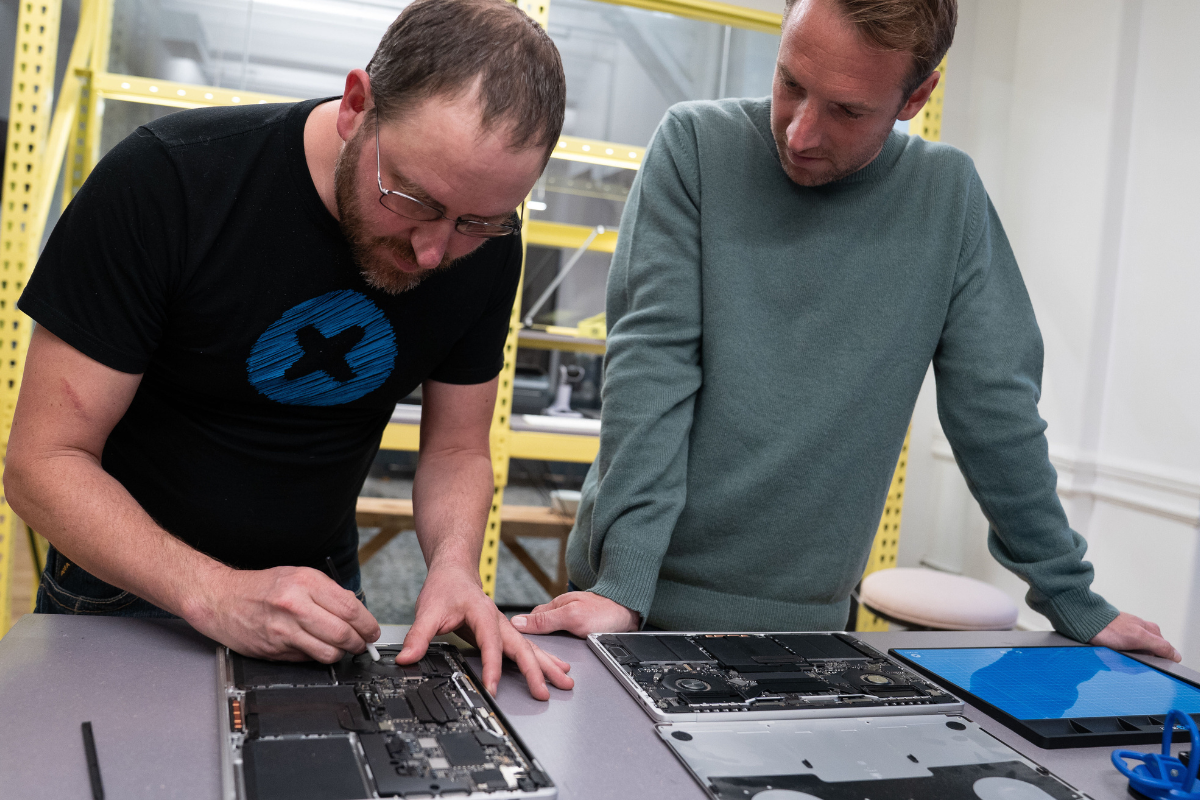

The newly formed Kentucky Recycling Coalition plans to start a summit, do a membership drive and ultimately improve recycling access across the state. | Aspen Rock/Shutterstock
After several years of work, Kentucky is no longer the only state in its region without a state recycling organization. The new Kentucky Recycling Coalition wants to increase access, update a statewide sustainability plan and build up membership. Continue Reading

The legislation is intended to increase access to recycling, as only 58% of jurisdictions in the state provide access to curbside recycling. | Jeffrey-B.-Banke/Shutterstock
Just a week after Maryland became state No. 6 to approve a bill on extended producer responsibility for packaging and paper, Washington made No. 7.

Back Market and iFixit announced a broad partnership that will see each integrate the other’s product offerings, as well as direct advocacy on right-to-repair legislation. | Courtesy of Back Market
Two big names in the electronics repair and refurbishment space are partnering up to influence consumer and manufacturer behavior and create a world where circularity is the default. Continue Reading

Crystal Bayliss of the U.S. Plastics Pact emphasized that procurement involves far more than just haggling prices, a sentiment echoed by an Orbis executive. | Big Wave Productions/Resource Recycling
With post-consumer plastic resin requirements increasing rapidly, companies throughout plastics value chains face similar challenges in controlling feedstock supply, scaling up supply and managing capital costs. This sentiment was clear during a Plastics Recycling Conference session as well as a recent industry interview. Continue Reading

The proposed legislation would implement a deposit return system for beverage bottles and establish an EPR program for packaging. | Wangkun Jia/Shutterstock
Legislators in Rhode Island have introduced bills to create a bottle bill for the state as well as an extended producer responsibility program for packaging. Continue Reading

Smartphones and laptops are exempt from U.S. tariffs targeting Chinese imports, but other goods are currently subject to 145% in duties. | Metamorworks/Shutterstock
Country-specific reciprocal tariffs have been pushed out until July, but a universal base rate tariff rolled out last week, which covers all countries, and earlier metals tariffs remain in effect. Meanwhile, an all-out trade war between the U.S. and China is intensifying. Continue Reading

A proposed International Recycling Group facility in Pennsylvania, seen here in a 2021 rendering, has been canceled concurrent with the project’s loss of federal funding. | Courtesy of International Recycling Group
Dramatic federal funding cuts have affected at least two plastics recycling efforts, contributing to a major project being canceled in Pennsylvania and forcing an accelerated timeline for self-sufficiency at an Alaska composite lumber operation. Continue Reading
